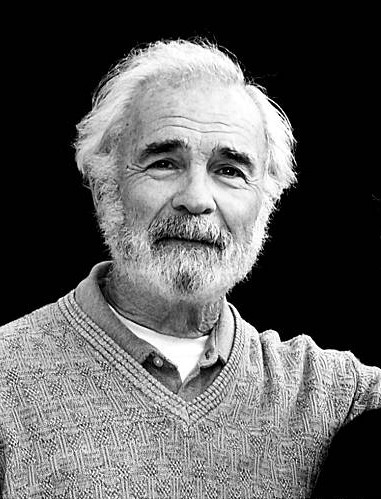-
(b.) -1927 April 27(d.)2008 June 17
Bio/Description
An American engineer best known for his pioneering work at SRI International on ERMA (Electronic Recording Machine, Accounting), for Bank of America, magnetic digital logic, neuristor logic, the development of an eye-movement tracking device, and a pen-input device for computers. He was born in Jersey City, New Jersey; and after a stint in the U.S. Navy as a radar technician during World War II, he worked as a computer maintenance technician for IBM (1949?1952); followed by working on digital computer design under the leadership of John von Neumann at the Institute for Advanced Study, in Princeton, New Jersey (IAS is not affiliated with Princeton University). He then developed magnetic multiaperture devices (MADs) at RCA Laboratories (now Sarnoff Corporation). In order to develop magnetic logic, Crane controlled the direction of bit flow in magnetic ferrite memory cores. Ferrite logic circuits are inherently more stable than vacuum tubes and transistors, draw no power when unused, and are impervious to electromagnetic interference. In 1959, he introduced the all-magnetic logic approach at the Fall Joint Computer Conference, eventually leading to a demonstration of the world's first all-magnetic computer in 1961. The technology was soon commercialized by Aircraft Marine Products (AMP) Inc., under license from SRI, and used primarily in the rapid transit system of New York city, and at railroad switching yards, where electro-magnetic interference made electronic computers unfeasible. The development and growth of planar transistors in silicon chips and integrated circuits displaced magnetic core logic, although it may still be useful for extended space missions and other extreme conditions, but using integrated circuit manufacturing techniques (e.g. etching and deposition of a substrate, and not an assembly of discrete magnetic cores). The prototype of the first all-magnetic computer now resides at the Computer History Museum, in Mountain View, California. He worked with Douglas Engelbart on magnetic logic devices, early in their careers, before Engelbart moved on to work on hypermedia and augmenting the human intellect with computers. After that, he began research on replicating human functions with digital computers. In addition to his engineering work at SRI, he cofounded Communication Intelligence Corporation (CIC), to commercialize computer-based handwriting recognition on graphics tablets. CIC's "Jot" handwriting recognition software was later acquired by Palm and renamed Graffiti 2. His last intellectual effort was promoting the use of a cubic mile of oil as an energy measure, and development of a manuscript on issues related to energy development, in collaboration with SRI-International colleagues: Ed Kinderman, and Ripudaman Malhotra. He died from complications of Alzheimer's disease on June 17, 2008 at his home in Portola Valley, California.
-
Date of Birth:
1927 April 27 -
Date of Death:
2008 June 17 -
Gender:
Male -
Noted For:
Developer of an eye-movement tracking device for the computer, as well as a pen-input device; a new approach to recognizing handwritten characters that would allow automatic input of handwritten information to a computer -
Category of Achievement:
-
More Info:


